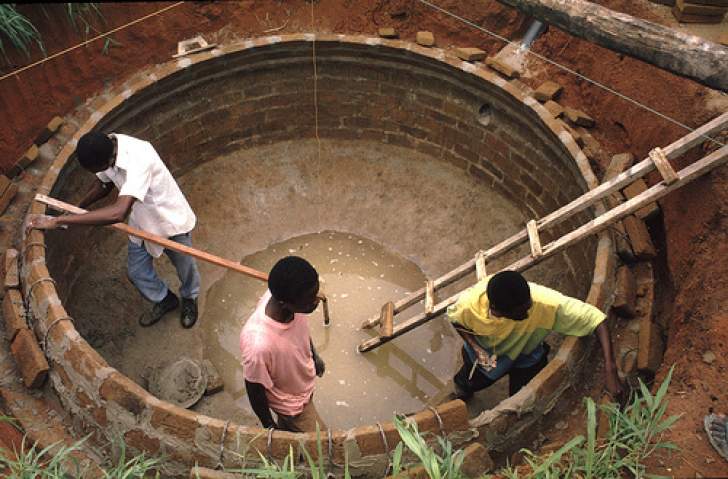by Rudo Saungweme
In Zimbabwe people are now resorting to biogas a renewable source of energy as they move away from the use of the common electric energy.
Biogas is a mixture of gases, primarily methane and carbon dioxide produced by the biological break down or fermentation of organic matter in the absence of oxygen, scientifically referred to as anaerobic digestion.
A biogas digester expert, Martin Nkomo recited that, “The gases can combust or be oxidised with oxygen in the air, resulting in the release of energy which can be used as fuel. Biogas production by the process of anaerobic digestion is popular for treating biodegradable waste because valuable fuel can be produced while destroying disease-causing germs and reducing the volume of disposable waste products.”
A hospital in Mbire district,Chitsungo Mission hospital has resorted to use a biogas digester. A biogas digester is an enclosed structure, more like the domestic gas cylinder, which allows methane, hydrogen and carbon to be produced by bacteria in an anaerobic environment. The structure is made of ordinary farm bricks, cement, gas pipes and valves.
A biogas digester is 20-cubic metre bed that feeds on animal waste which can either be cow dung, pig or chicken manure. It uses 150kg of waste on a daily basis. Mbire Mission hospital is planning to run a piggery and chicken project so that there is a ready supply of animal waste. Father Samuel Nyadzayo, who is a priest at Chinhoi Diocese of the Catholic Church runs the hospital. He said, “By running these projects, besides supplying animal waste, we will in a way mitigate our food budget, as we will be able to supply the hospital kitchen with a variety of food options, all home-grown”
The people in Mbire district are delighted as this move will save their electricity consumption at the hospital. The digester will produce 5000 kg of gas and it will be used for cooking and lighting. The savings that the hospital will realise will ensure that health delivery to the community is delivered at a much lower cost.
Biogas is the cheapest form of energy in Zimbabwe. There are two main biogas programmes in Zimbabwe. One for the development of biogas at the individual household level and the other for institutional users like schools and rural community centres.
According to the report published in the Daily News on 4 September 2018, it said that the Rural Electrification Fund (REF) is up scaling its Institutional Biogas Digester Programme as part of the government`s strategy to avail environmentally friendly, sustainable and renewable energy services. Engineer Cliff Nhandara, who is in charge of the planning and technology portfolio at REF said, “Under the Institutional Biogas Digester Programme, 64 institutional digesters have been constructed countrywide, throughout the provinces to date,”
Bio-digester is a resource that never runs out. The process of feeding cow-dung into the digester is not labour intensive. The Ministry of Energy and Power Development is working with the communities in the biogas schemes to achieve universal energy access for all by 2030 through decentralised and renewable energy options for poor and peri-urban communities.




